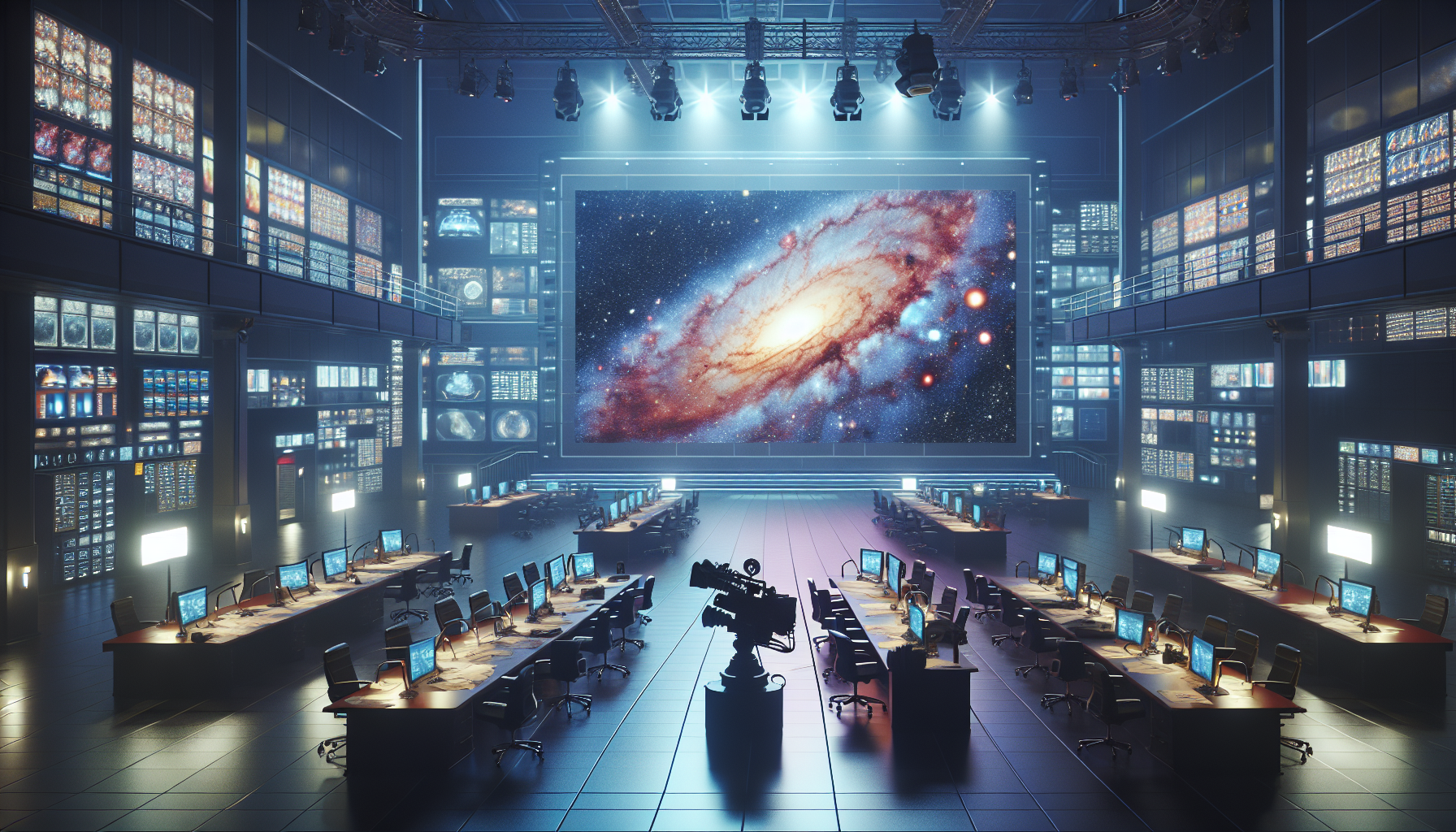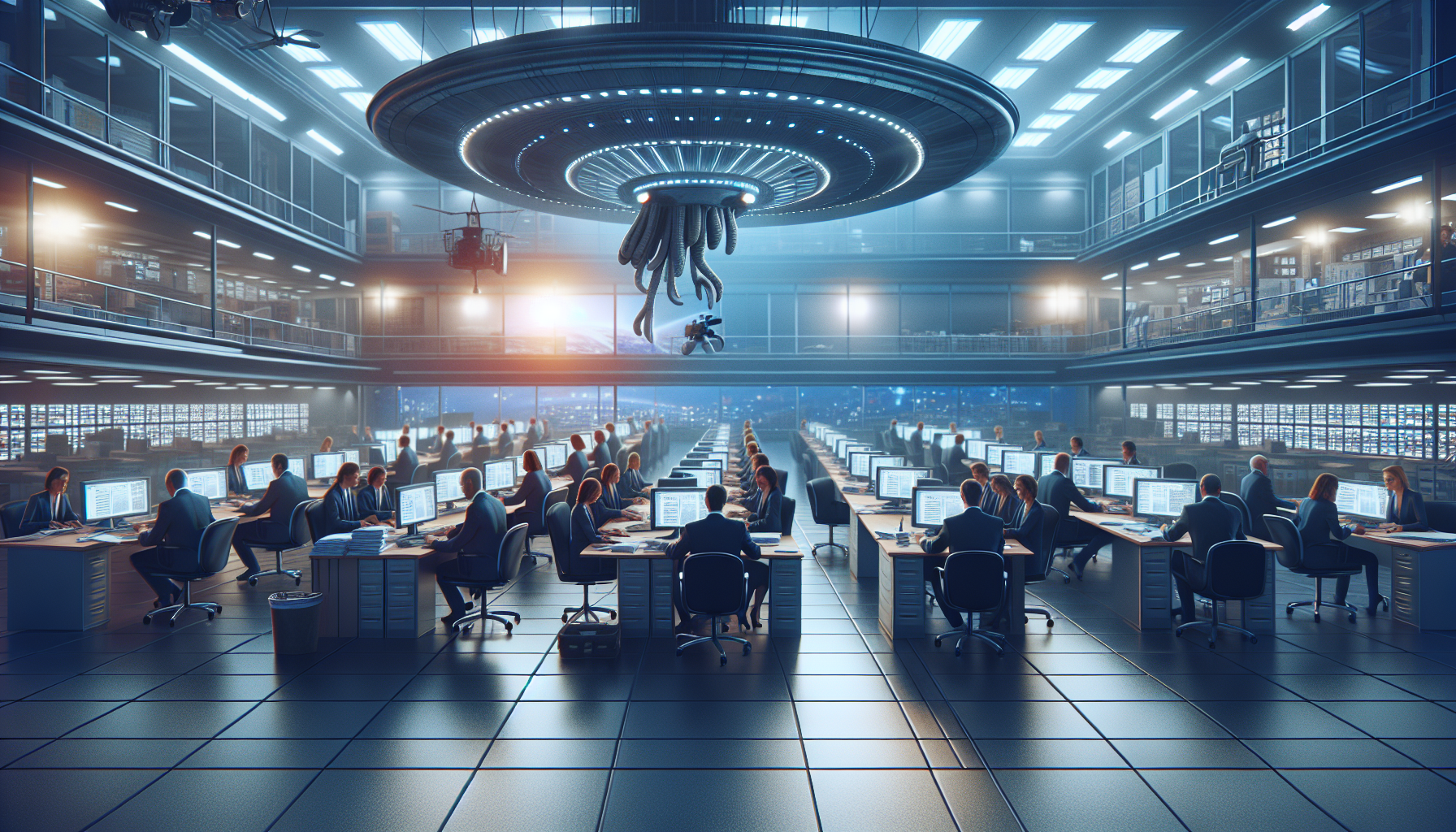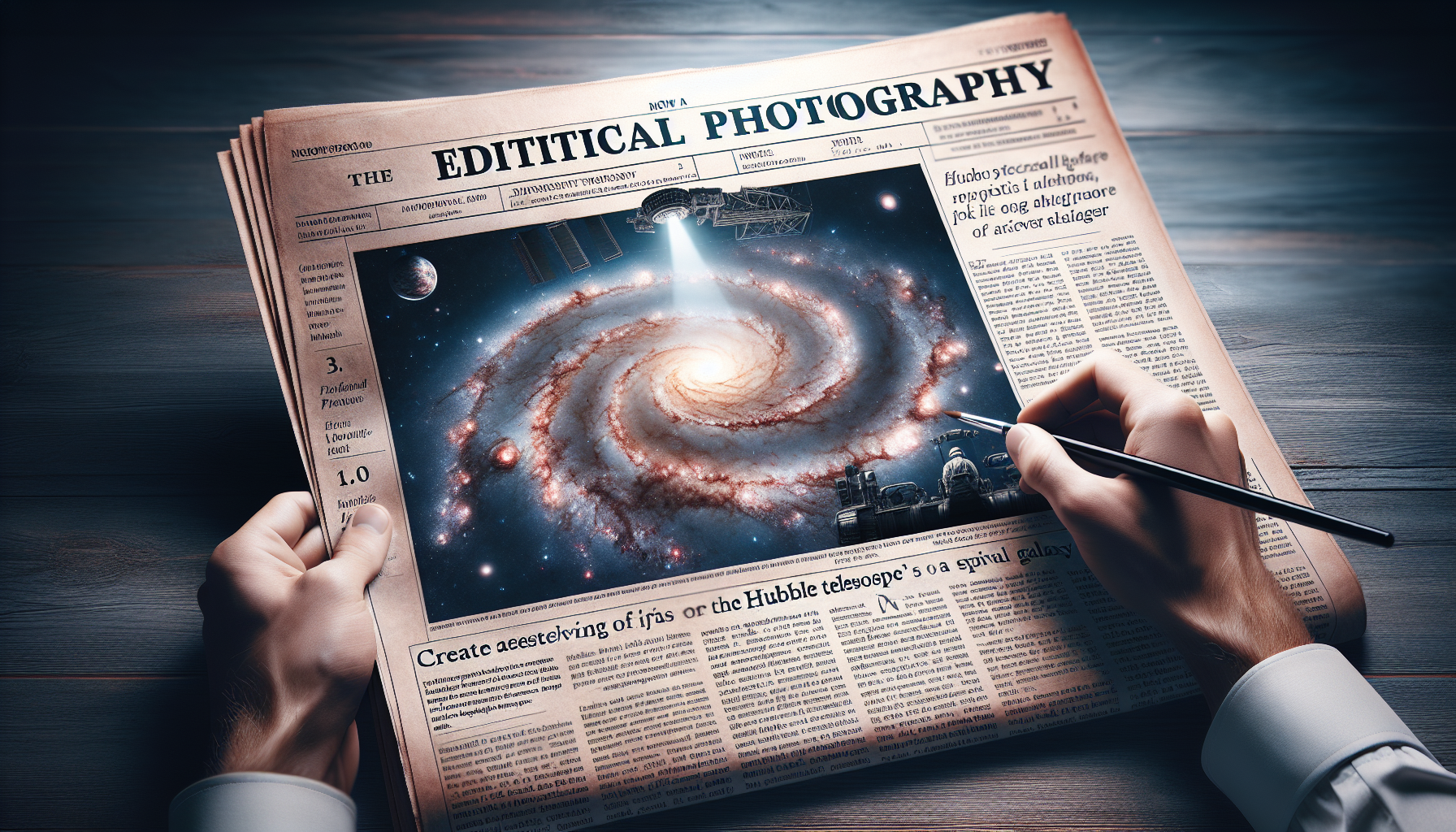
Curiosity Rover Explores Martian Boxwork Structures
10 hours ago • 40 views

Hubble captures galaxy cluster Abell 209, revealing dark matter and gravitational lensing effects.
The NASA/ESA Hubble Space Telescope has captured a remarkable image of the galaxy cluster Abell 209, located 2.8 billion light-years away in the constellation Cetus. This image showcases over a hundred galaxies, revealing the complex structure of the cluster.
Abell 209 is not just a collection of galaxies; it also contains hot, diffuse gas visible only in X-ray wavelengths and dark matter, which remains invisible but can be detected through its gravitational effects. Dark matter is a mysterious substance that makes up about 25% of the universe, while dark energy comprises 70% and normal matter only 5%.
Hubble's observations are crucial for understanding these cosmic phenomena. The immense mass of galaxy clusters like Abell 209 can warp spacetime, a phenomenon known as gravitational lensing, which magnifies and distorts the images of background galaxies. Although this image lacks dramatic lensing effects, subtle distortions are present, allowing astronomers to map the cluster's mass distribution and gain insights into dark matter's role in the universe's evolution.
This research is vital for testing theories about the universe's formation and expansion, leveraging Hubble's high-resolution capabilities to explore fundamental questions about dark matter and dark energy.
Text Credit: ESA/Hubble
Originally published by
NASA News
Article ID
#319
Join the discussion about this UFO/UAP story!

10 hours ago • 40 views

4 days ago • 177 views

5 days ago • 298 views

6 days ago • 26 views
Loading comments...
No comments yet. Be the first to share your thoughts!